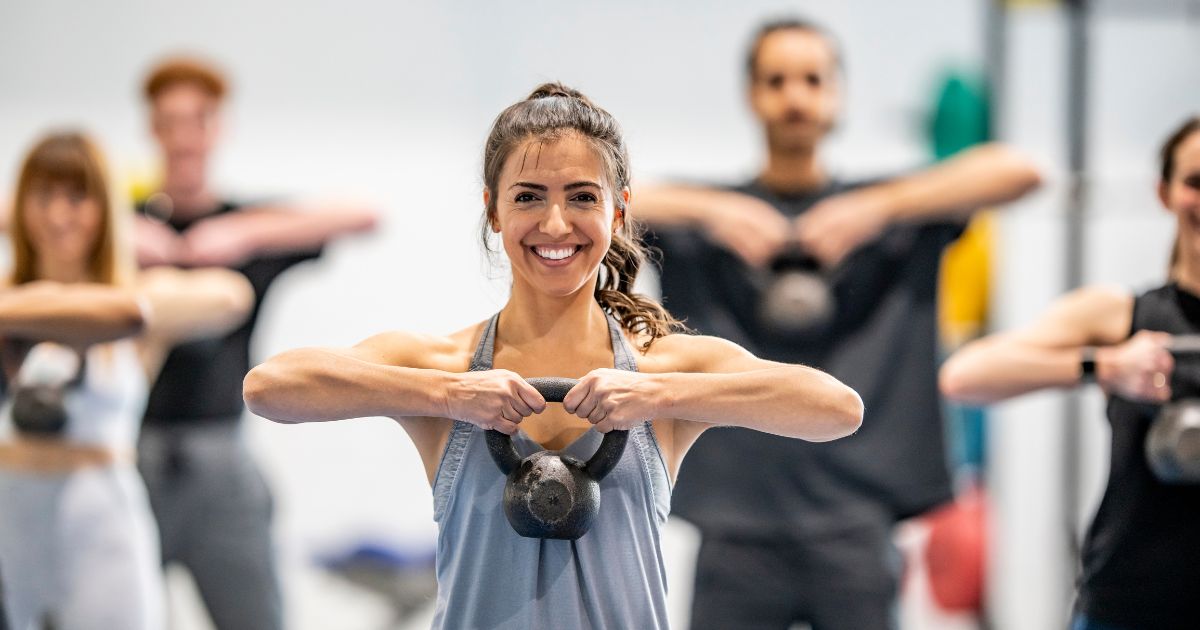Returning to an active lifestyle after surgery is a common concern, mainly when it involves weightlifting, which can be physically demanding. Can You Lift Weights After Surgery? is crucial for patients eager to maintain their fitness regime without compromising their recovery. It’s essential to approach this aspect of post-operative care cautiously, understanding the timeline and specific guidelines healthcare professionals provide to ensure a safe return to strength training.
Can You Lift Weights After Surgery: Guidelines for a Safe Return to Fitness
The question Can You Lift Weights After Surgery? Addresses many patients’ concerns regarding resuming their fitness routines post-operatively. It’s crucial to balance maintaining physical health and ensuring proper healing. The appropriate approach involves a graduated return to activity, guided by medical advice and the body’s readiness.
- Assessing physical readiness post-surgery
- Gradual reintroduction to weight training
- Heeding medical advice on exercise limits
- Monitoring incision sites during workouts
- Prioritising rest and recovery periods
- Adapting exercises to current capabilities
- Communicating with healthcare providers
Understanding Breast Lift Surgery
Before we explore the compatibility of weightlifting with breast lift surgery, let us briefly touch upon the nature of the procedure itself. A breast lift, also known as mastopexy, is a surgical intervention designed to raise and reshape sagging breasts, restoring a more youthful and aesthetically pleasing appearance. This procedure addresses concerns such as breast ptosis (sagging) due to factors like pregnancy, breastfeeding, weight fluctuations, or the natural ageing process.
During a breast lift, excess skin is removed, and the underlying breast tissue is reshaped and repositioned to create a firmer and uplifted contour. The areolas may also be repositioned to achieve a balanced appearance. The surgery aims to enhance breast shape and symmetry, providing patients with increased self-confidence and satisfaction with their overall body image.
Book A Consultation With Dr Tarek Bayazid
Top-rated Plastic Surgeon For Breast Lift in Dubai
The Recovery Process: A Crucial Phase
During the recovery process following breast lift surgery, it is crucial to prioritise your body’s healing and provide it with the necessary time to recuperate. This phase plays a significant role in ensuring the success and long-term outcomes of the procedure. Our guide to the recovery process will walk you through the different aspects of this crucial phase.
Postoperative Guidelines
After your breast lift surgery, your surgeon will provide you with detailed postoperative guidelines to follow. These guidelines are tailored to your case and essential for a smooth recovery. It is crucial to adhere to these instructions diligently to optimise healing and minimise the risk of complications. Some of these guidelines include:
- Wearing a Supportive Bra: One crucial aspect of the postoperative guidelines is wearing a supportive bra. Your surgeon may recommend a specific bra that offers the necessary compression and support to your healing breasts. Wearing this bra consistently can help reduce swelling, provide comfort, and promote proper healing.
- Proper Wound Care: Proper wound care is another crucial aspect of the postoperative guidelines. Your surgeon will provide incision care instructions to prevent infection and promote optimal healing. When redness, swelling, or discharge increase, contact your surgeon immediately if you have concerns or notice any signs of infection.
Duration of Recovery
Recovery periods can vary from patient to patient. Individual recovery processes differ, but the initial phase is generally expected to last a few months. During this time, it is essential to exercise patience and give your body the time it needs to heal properly.
- Gradual Healing Process: It is crucial to note that healing is a gradual process, and rushing the recovery can potentially hinder the final results. Keeping a healthy lifestyle and adhering to postoperative guidelines will help facilitate faster and smoother healing.
Importance of Rest
Rest is a fundamental component of the recovery process after breast lift surgery. Giving your body ample time to rest and rejuvenate is crucial for optimal healing and the procedure’s success. Here are a few reasons why rest is essential during this phase:
- Facilitates Tissue Healing: Rest directs your body’s energy towards the healing process. By increasing blood flow to the surgical site, new tissue grows faster, and complications are reduced.
- Reduces Swelling and Discomfort: Taking time to rest and avoid activities that could cause strain or increased blood flow to the breasts helps minimise swelling and discomfort. Swelling is a normal part of the healing process, but proper rest can help reduce its severity and duration.
- Reduces Stress: Reading, listening to music, or practising meditation can promote a sense of calm and reduce feelings of stress. Stress management is crucial during recovery, as high-stress levels can impede the healing process.

Weightlifting after Breast Lift Surgery: Considerations
Now, let’s address the question: Can you safely lift weights after breast lift surgery? To ensure optimal outcomes and minimise complications, various factors must be considered.
A consultation with your plastic surgeon is the first step to determining if weightlifting is appropriate for you after surgery. They will evaluate your unique circumstances, including the extent of the breast lift procedure, your overall health, and the progression of your recovery. Their expertise will guide you in making an informed decision regarding the appropriate time to resume weightlifting activities.
Timeframe for Resuming Exercise
Every individual’s recovery journey is unique, and the timing for reintroducing weightlifting will differ. Your surgeon will provide personalised recommendations based on your progress. Initially, low-impact exercises and gentle stretching may be advised to reintroduce physical activity gradually. Over time, as your body heals, your surgeon may grant clearance to incorporate weightlifting into your routine.
Gradual Progression and Modification
When you receive approval to engage in weightlifting, it is crucial to gradually ease into the activity. Start with lighter weights and focus on proper form and technique. Gradually increase your workout intensity as your body adapts. Additionally, you may need to modify certain exercises to minimise strain on the chest muscles and ensure the best possible recovery.
Supportive Gear and Appropriate Attire
Wearing a well-fitting, supportive sports bra that offers adequate compression and stability is essential to protect your breasts and surgical incisions during weightlifting. The bra should minimise excessive movement and provide the necessary support to your healing breasts. Opting for comfortable, breathable attire that allows freedom of movement will also contribute to a safer and more comfortable weightlifting experience.
Listening to Your Body
As you resume weightlifting, paying close attention to your body’s signals is vital. Consult your surgeon if you experience pain or discomfort during your workouts. Your body will determine the appropriate pace and intensity for weightlifting post-breast lift surgery.
Addressing Can You Lift Weights After Surgery requires a patient-specific approach, considering the type of surgery and individual healing processes. Following a healthcare professional’s advice and listening to your body’s signals is vital to avoid setbacks. With patience and care, weightlifting can become a safe and beneficial part of a post-surgery exercise regimen.
If you want to learn more about breast lift procedures or have specific questions about returning to weight lifting after surgery, we invite you to contact Dr Tarek Aesthetics. Their experienced team is dedicated to providing personalised care and guidance throughout your aesthetic journey. Request a quote today by visiting their website and take the first step towards confidently achieving your aesthetic goals.








Related Posts